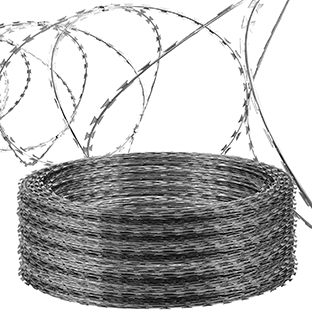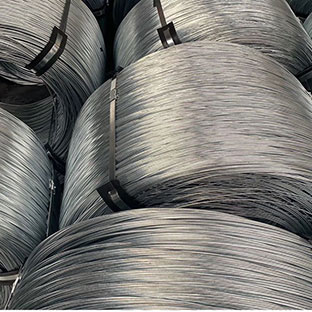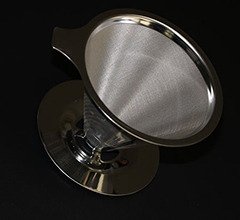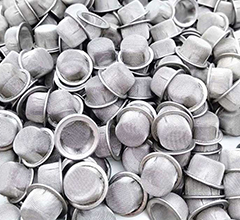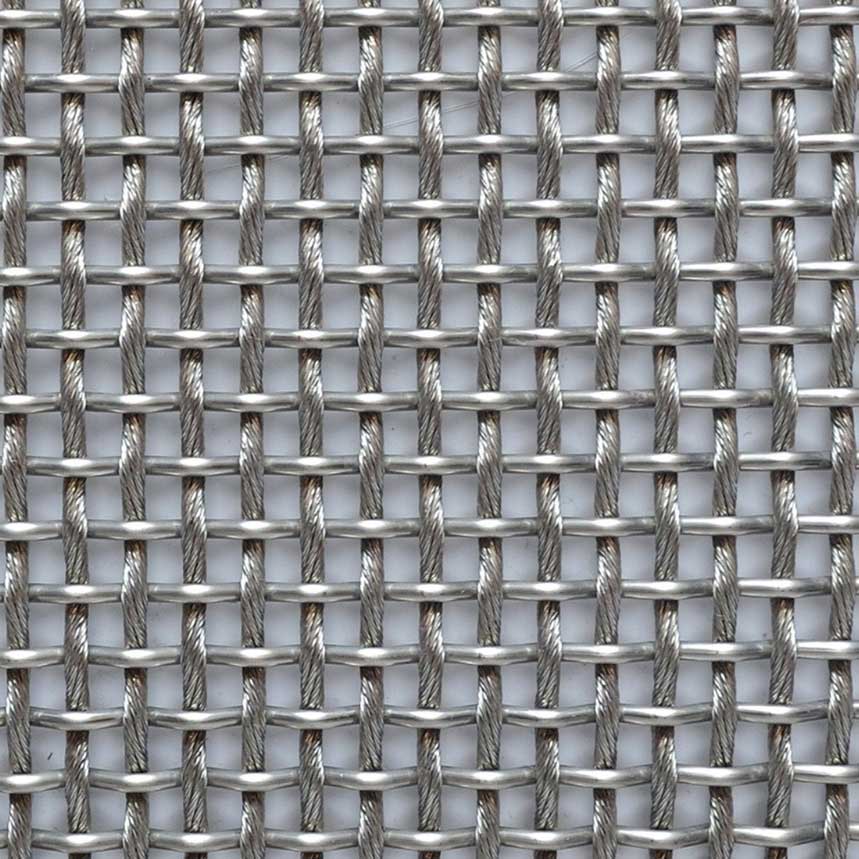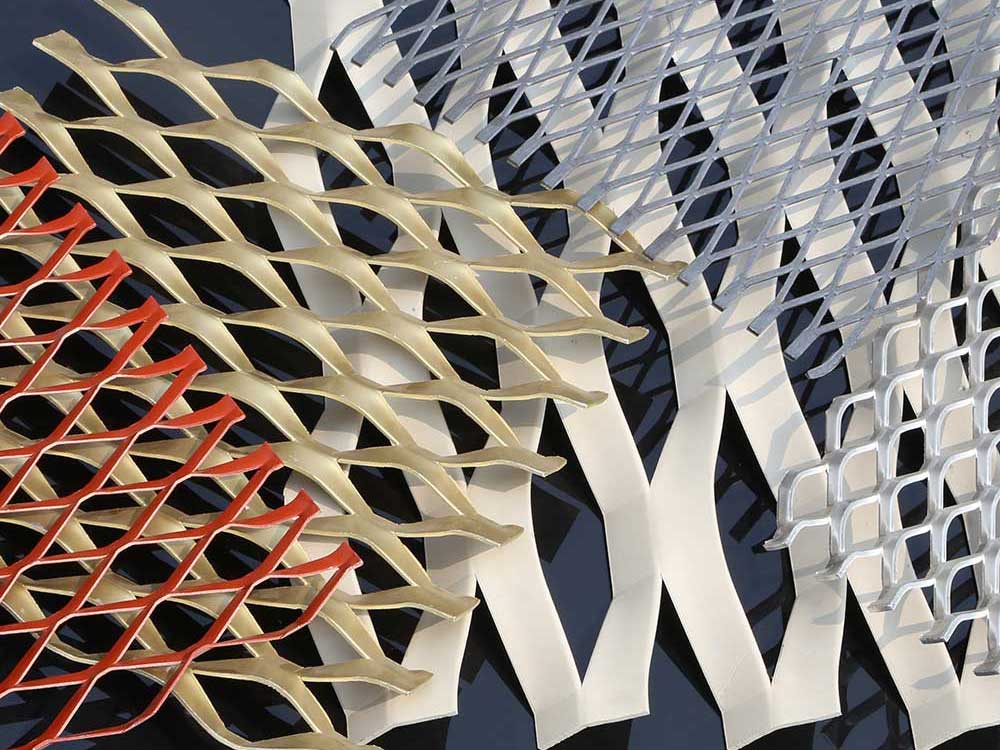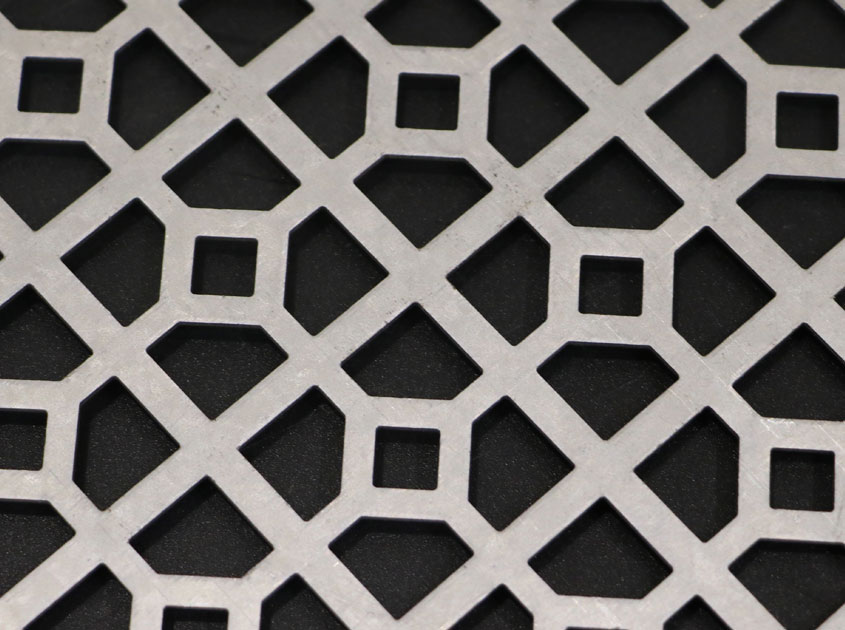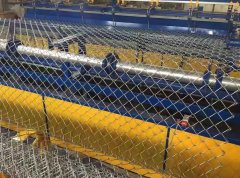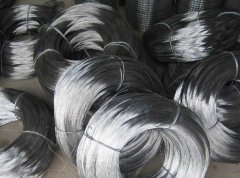Small Coil Wire, despite its unassuming size, packs a powerful punch when it comes to versatility and utility. This diminutive yet robust wire has found its way into a multitude of applications, showcasing its remarkable adaptability and numerous advantages. In this exploration, we unveil the potential and benefits of Small Coil Wire, shedding light on why it stands as a popular choice across various industries.
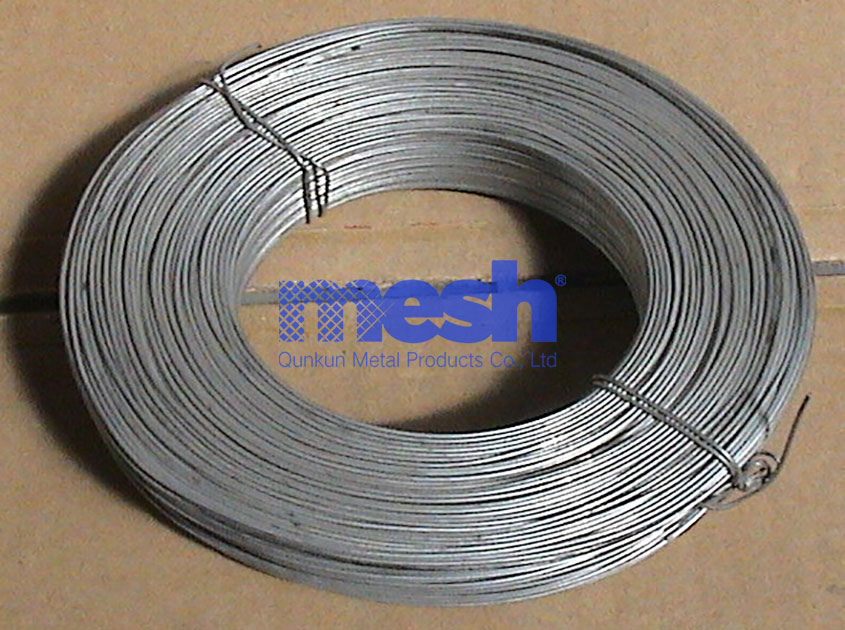
The Foundation: Small Coil Wire Explained
Small Coil Wire, also known as small coil tie wire or loop wire, is a tightly wound wire that typically comes in small coils. It is typically made from materials like galvanized steel or stainless steel. Despite its compact size, this wire holds immense potential and is widely utilized in various applications due to its flexibility, durability, and ease of use.

Applications in Construction
In the realm of construction, Small Coil Wire plays a crucial role. Its primary application is in securing rebar during concrete pours. The wire is used to tie together reinforcing bars, ensuring they remain in the desired position within the concrete structure. This simple yet effective application significantly contributes to the structural integrity of buildings, bridges, highways, and other concrete structures.
Moreover, Small Coil Wire finds utility in attaching wire mesh to steel rebar or mesh frames, adding an additional layer of reinforcement. This use enhances the stability and strength of the concrete structure, making it an indispensable component in construction projects.

In conclusion, Small Coil Wire, though small in size, looms large in terms of its applications and advantages. From construction to agriculture and beyond, its adaptability and utility make it an indispensable tool. As technology continues to evolve, and applications persify, Small Coil Wire remains a steadfast companion in various industries, showcasing its potential to transform and enhance processes for the better.


.jpg)




.png)






































